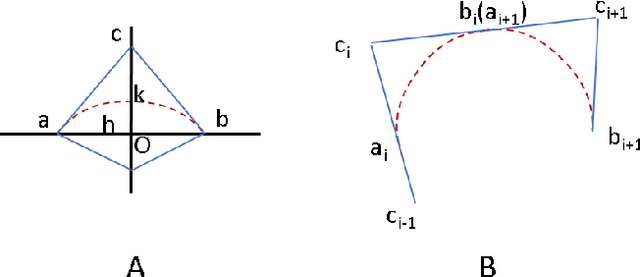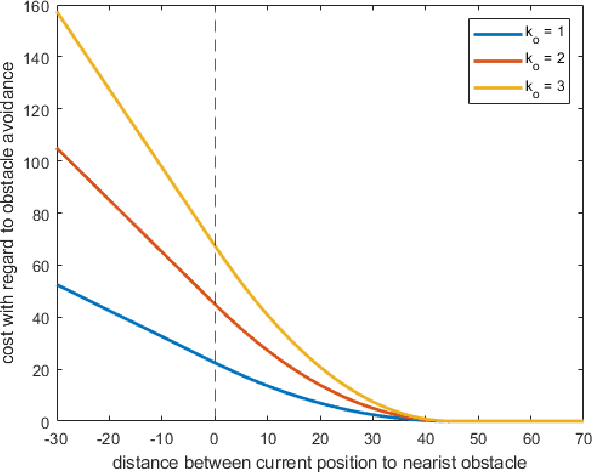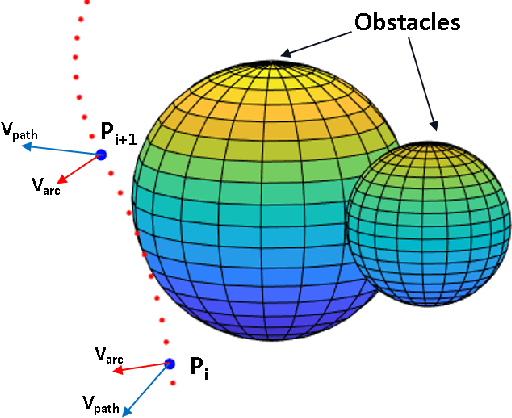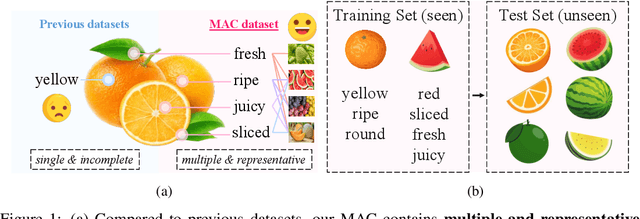Sai Wang
TV-Dialogue: Crafting Theme-Aware Video Dialogues with Immersive Interaction
Jan 31, 2025Abstract:Recent advancements in LLMs have accelerated the development of dialogue generation across text and images, yet video-based dialogue generation remains underexplored and presents unique challenges. In this paper, we introduce Theme-aware Video Dialogue Crafting (TVDC), a novel task aimed at generating new dialogues that align with video content and adhere to user-specified themes. We propose TV-Dialogue, a novel multi-modal agent framework that ensures both theme alignment (i.e., the dialogue revolves around the theme) and visual consistency (i.e., the dialogue matches the emotions and behaviors of characters in the video) by enabling real-time immersive interactions among video characters, thereby accurately understanding the video content and generating new dialogue that aligns with the given themes. To assess the generated dialogues, we present a multi-granularity evaluation benchmark with high accuracy, interpretability and reliability, demonstrating the effectiveness of TV-Dialogue on self-collected dataset over directly using existing LLMs. Extensive experiments reveal that TV-Dialogue can generate dialogues for videos of any length and any theme in a zero-shot manner without training. Our findings underscore the potential of TV-Dialogue for various applications, such as video re-creation, film dubbing and its use in downstream multimodal tasks.
An Optimization-Based Inverse Kinematics Solver for Continuum Manipulators in Intricate Environments
Oct 27, 2024



Abstract:Continuum manipulators have gained significant attention as a promising alternative to rigid manipulators, offering notable advantages in terms of flexibility and adaptability within intricate workspace. However, the broader application of high degree-of-freedom (DoF) continuum manipulators in intricate environments with multiple obstacles necessitates the development of an efficient inverse kinematics (IK) solver specifically tailored for such scenarios. Existing IK methods face challenges in terms of computational cost and solution guarantees for high DoF continuum manipulators, particularly within intricate workspace that obstacle avoidance is needed. To address these challenges, we have developed a novel IK solver for continuum manipulators that incorporates obstacle avoidance and other constraints like length, orientation, etc., in intricate environments, drawing inspiration from optimization-based path planning methods. Through simulations, our proposed method showcases superior flexibility, efficiency with increasing DoF, and robust performance within highly unstructured workspace, achieved with acceptable latency.
MAC: A Benchmark for Multiple Attributes Compositional Zero-Shot Learning
Jun 18, 2024



Abstract:Compositional Zero-Shot Learning (CZSL) aims to learn semantic primitives (attributes and objects) from seen compositions and recognize unseen attribute-object compositions. Existing CZSL datasets focus on single attributes, neglecting the fact that objects naturally exhibit multiple interrelated attributes. Real-world objects often possess multiple interrelated attributes, and current datasets' narrow attribute scope and single attribute labeling introduce annotation biases, undermining model performance and evaluation. To address these limitations, we introduce the Multi-Attribute Composition (MAC) dataset, encompassing 18,217 images and 11,067 compositions with comprehensive, representative, and diverse attribute annotations. MAC includes an average of 30.2 attributes per object and 65.4 objects per attribute, facilitating better multi-attribute composition predictions. Our dataset supports deeper semantic understanding and higher-order attribute associations, providing a more realistic and challenging benchmark for the CZSL task. We also develop solutions for multi-attribute compositional learning and propose the MM-encoder to disentangling the attributes and objects.
DETER: Detecting Edited Regions for Deterring Generative Manipulations
Dec 16, 2023Abstract:Generative AI capabilities have grown substantially in recent years, raising renewed concerns about potential malicious use of generated data, or "deep fakes". However, deep fake datasets have not kept up with generative AI advancements sufficiently to enable the development of deep fake detection technology which can meaningfully alert human users in real-world settings. Existing datasets typically use GAN-based models and introduce spurious correlations by always editing similar face regions. To counteract the shortcomings, we introduce DETER, a large-scale dataset for DETEcting edited image Regions and deterring modern advanced generative manipulations. DETER includes 300,000 images manipulated by four state-of-the-art generators with three editing operations: face swapping (a standard coarse image manipulation), inpainting (a novel manipulation for deep fake datasets), and attribute editing (a subtle fine-grained manipulation). While face swapping and attribute editing are performed on similar face regions such as eyes and nose, the inpainting operation can be performed on random image regions, removing the spurious correlations of previous datasets. Careful image post-processing is performed to ensure deep fakes in DETER look realistic, and human studies confirm that human deep fake detection rate on DETER is 20.4% lower than on other fake datasets. Equipped with the dataset, we conduct extensive experiments and break-down analysis using our rich annotations and improved benchmark protocols, revealing future directions and the next set of challenges in developing reliable regional fake detection models.
 Add to Chrome
Add to Chrome Add to Firefox
Add to Firefox Add to Edge
Add to Edge